
10 min read
What Is a Funded Trader? Complete Career Guide
A funded trader uses a prop firm’s capital instead of their own. Learn how funded accounts work, profit splits, and how to qualify.
9 min read
Share
Discover effective AI trading strategies for prop firms to enhance your profits. Learn practical tips to navigate the market successfully. Read more!
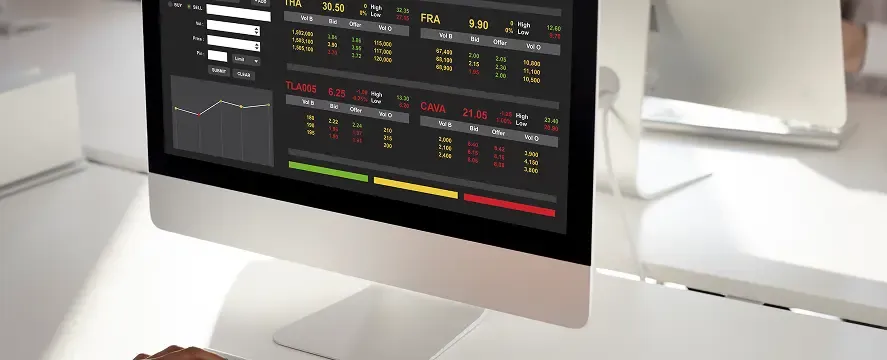
AI Trading is revolutionizing several industries, including propreitary trading. Traders who understand, and know how to leverage this technology will be best positioned for sucess in this changing landscape.
AI has taken the world by storm over the last few years and is revolutionizing many industries at an alarming pace, and practically no industry, including proprietary trading, is untouched by its impact.
This revolution is not just a passing fad—automated trading is here to stay and is fundamentally changing how many traders manage prop firms’ capital and their approach to trading.
Traders who understand how to leverage this powerful technology in financial markets can stay ahead of the curve and leverage the AI revolution to potentially increase profits, decrease risk, and be more consistent in their trading.
Finding an edge has always been the name of the game in prop trading. Nowadays, that edge often comes through algorithmic trading—using advanced tools to process tons of data in milliseconds.
Machine learning models can employ pattern recognition to detect patterns that humans might overlook, incorporating data such as market movements, trading volume, and even news and social media sentiment to develop and execute more effective trading strategies.
Because these systems can refine trading strategies using both historical prices and real-time data, they’re constantly evolving and improving.
What’s truly remarkable is the accessibility of these technologies. In the past, only massive investment banks and institutions could afford the required infrastructure. However, now prop firms of all sizes can tap into these cutting-edge technologies and compete on a global scale.
When people hear “AI Trading” in prop firms, it might conjure up all sorts of different thoughts and ideas of what this actually means for trading, but it’s not as complicated as you might think.
It basically refers to a combination of different technologies working together to make more accurate, calculated decisions.
At their core, machine learning algorithms analyze vast amounts of data—from price action to trading volume, and even social media sentiments. Then, the majority of normal ‘trading activity’ is handled automatically, including executing trades and adjusting open positions.
This helps free up traders to focus on the bigger picture: refining their strategies, managing risk, and maintaining more of an overview of everything.
These AI systems are not intended to replace traders completely. Instead, they’re powerful tools that combine human insight with the speed and accuracy of machine learning.
You may think getting started with automated trading is too technical for you, but it’s actually not as difficult as you may think—especially with many of the tools available at your disposal today.
Firstly, you’ll need a trading platform that actually supports it and can run your algorithms smoothly. Many of the popular platforms, like MetaTrader, offer both coding and testing functionality, which lets you build and refine your trading ideas and strategies.
You’ll also need to look into getting a Virtual Private Server (VPS). This basically lets your system run 24/7 without relying on your own PC or internet connection. Think of it as renting your own private PC ‘space’ in a secure, always-on data center so your trading strategy is never ‘offline’.
If you’re implementing an automated trading system, be sure to run some backtests on it. However, markets are constantly changing, so what worked 10 years ago may no longer work today. That’s why it’s equally important to stress test your strategy using a demo account before risking it in real trading.
Of course, risk management remains a vital component of any trading strategy. This could include things such as limiting trading during volatile periods and automatically adjusting position sizes based on other variable factors.
Not every automated trading strategy works for everyone in every type of market.
Your trading strategy depends on several factors, such as how often you trade and what you are trying to achieve. It needs to be simple, yet still effective.
Here’s some common ways AI trading is used:
Scalping algorithms make dozens or even hundreds of small trades daily, aiming to profit from tiny price moves. The trading algorithm needs to be quick and precise enough to pinpoint these small moves and know when to exit.
These bots take a longer view, holding trades for hours, days, or even weeks to ride bigger trends. Swing trading systems need smart filters to avoid false signals and focus on actual price swings.
Some prop traders utilize a news-trading approach to automate routine tasks, jumping into the market when volatility spikes due to sudden announcements or surprises. This type of trading requires fast data feeds and good risk management since news can shift market dynamics on a dime.
Lastly, automated trading can be super helpful when it comes to risk management. Risk management algos can automatically close or adjust position sizes based on different market dynamics—helping you preserve your capital during the ebbs and flows of market activity.
Ultimately, knowing how and when to leverage technology for increased efficiency can make all the difference.
Building your own AI trading system might seem daunting, but it will be a lot more manageable if you break it down into smaller, simple steps. Here’s how you can practically do that:
First, define what it is you want to achieve. What aspects of trading do you want to automate? How can AI help you do this?
Trading is all about finding that ‘edge’ – whether you gravitate towards scalping, day trading, swing trading, news trading, or anything else. It needs to be something that AI can execute for you.
Put your theory to the test, including both back-testing and forward-testing using current market data. Be careful to tailor it too closely to historical data.
When integrating AI, remember that AI should be your assistant—not replace you altogether. Think of it as a personal trading assistant who is reliant on your leadership, but who executes your directives flawlessly.
When tracking your performance, use clear metrics, including win-rate, average profit/loss per trade, and the maximum drawdown. With clear data and accurate metrics, you can fine-tune your strategy and correct what’s not working.
When you’re using automated systems to trade for you, attention to risk management becomes even more vital than it already is.
Because AI trading is often fast-paced and automated, a breach in good risk management can have a very negative impact.
Here’s a few risk management considerations when using AI for trading:
AI is helpful to take trades when it makes sense—not just when it 'feels right'. AI does not act on emotions. Rather, it acts on pre-determined rules and criteria. This helps keep your trading strategy tight and avoid emotional trading.
Prop firms have drawdown limits, which are basically the maximum amount you can lose over a set period of time. These limits can be either a daily drawdown, a total drawdown, a trailing drawdown, or a static drawdown. AI can help you monitor and protect against hitting these limits and possibly losing your funded trading account.
Market conditions change. And just as it may not always be the right weather to go surfing, it’s not necessarily always the right time to trade—especially if your trading strategy is built to work best in certain circumstances and under certain conditions.
Different from a stop-loss, an emergency stop refers to a complete “shut down” of your trading system. These stops act as a last-resort safety net and can be triggered by several conditions, such as the following:
Using AI tools can be a powerful tool in your trading journey. However, it does not by any means guarantee success. There are some common pitfalls you should be on the lookout for, and here are some of them:
Just because the system is smart doesn’t mean it’s always right. Markets change, and even the best AI can get it wrong. You still need to monitor it and understand what it's doing.
If the AI fails, crashes, or starts trading badly, do you know what to do? Always have a stop-loss, a risk limit, or even a way to shut down the system quickly if things go wrong.
Some AI models are great at reading old data—but that doesn’t mean they’ll perform well in the current market. Your AI must not just look good on paper; it must perform in the real world.
Some prop firms have strict rules about what kinds of trading are allowed. If you’re using AI or automation, double-check the firm's policies. Breaking the rules (even by accident) could get you kicked out.
Before going live with real money, always test your AI strategy on a demo account. If you skip this step, you might miss bugs that could cost you big.
AI’s role in prop trading is only growing—and quickly, due to continuous innovation.
Expect smarter systems that combine AI insights with human experience, faster real-time data feeds, and more traders who know both markets and machine learning. Automation will expand beyond trade execution into portfolio and risk management. Expects regulatory frameworks to evolve to keep markets fair and transparent.
Seacrest Funded is building an environment where traders can grow with these changes—leveraging advanced tools while ensuring security and keeping the human skill that makes prop trading rewarding.
Using AI trading in prop firms is not some far-off idea we may see in the future—it’s happening right now.
AI trading in prop firms isn’t some far-off future idea—it’s happening right now. Traders who learn to blend this advanced technology with good market knowledge and understanding will position themselves ahead of the curve.
Are you ready to leverage this powerful technology to trade more effectively than ever?

10 min read
A funded trader uses a prop firm’s capital instead of their own. Learn how funded accounts work, profit splits, and how to qualify.
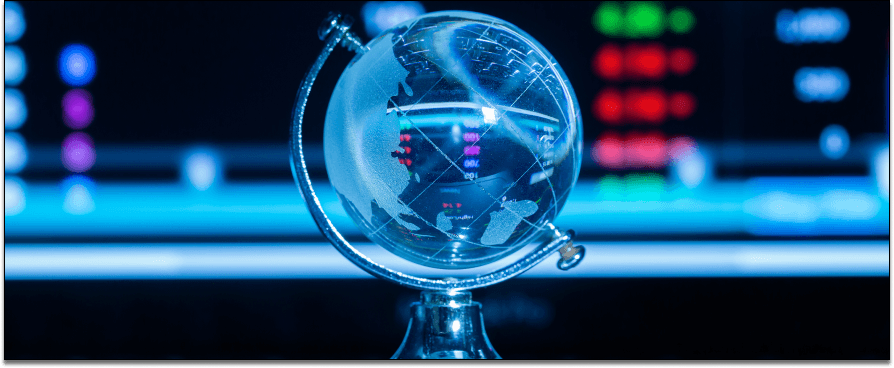
13 min read
To become a funded trader in 2025, you must pass prop firm challenges by mastering strategy, risk control, and trading rules.
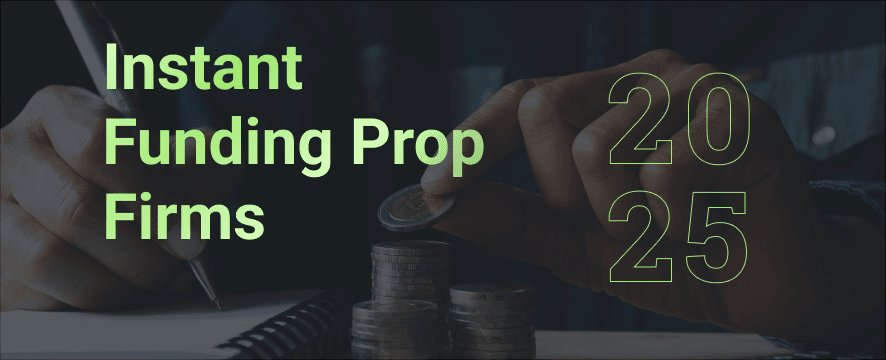
8 min read
Instant funding prop firms are becoming increasingly popular, but should you participate?
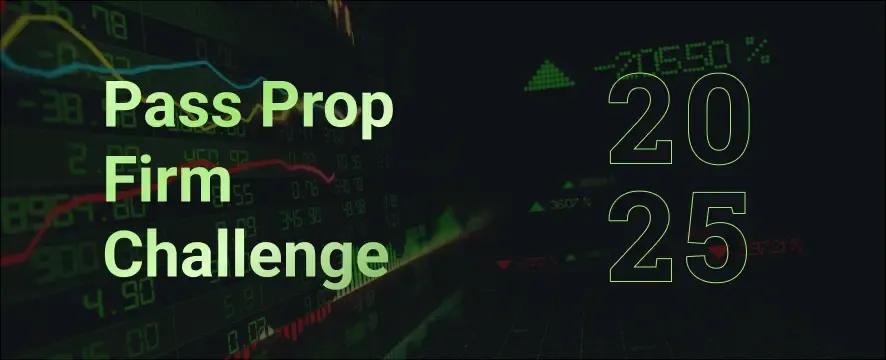
10 min read
Learn effective strategies to successfully pass a prop firm challenge. Gain insights and tips to enhance your trading skills. Read the article now!
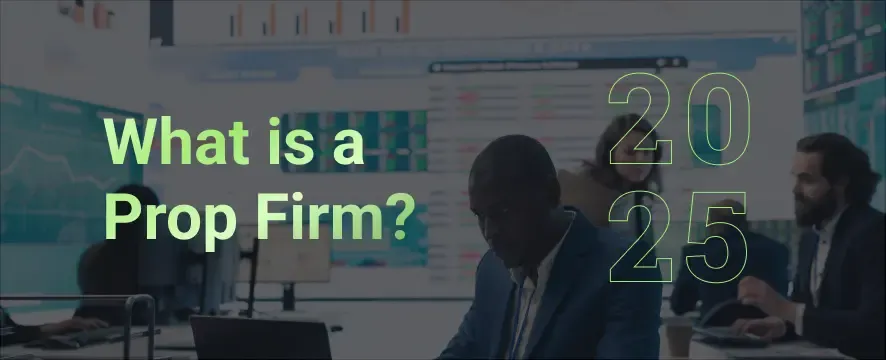
16 min read
Discover the essentials of proprietary trading and learn what a prop firm is. Understand the benefits and risks involved. Read the full guide now!
Get an insight from other users about SeacrestFunded and their experiences. 131K+ members and counting
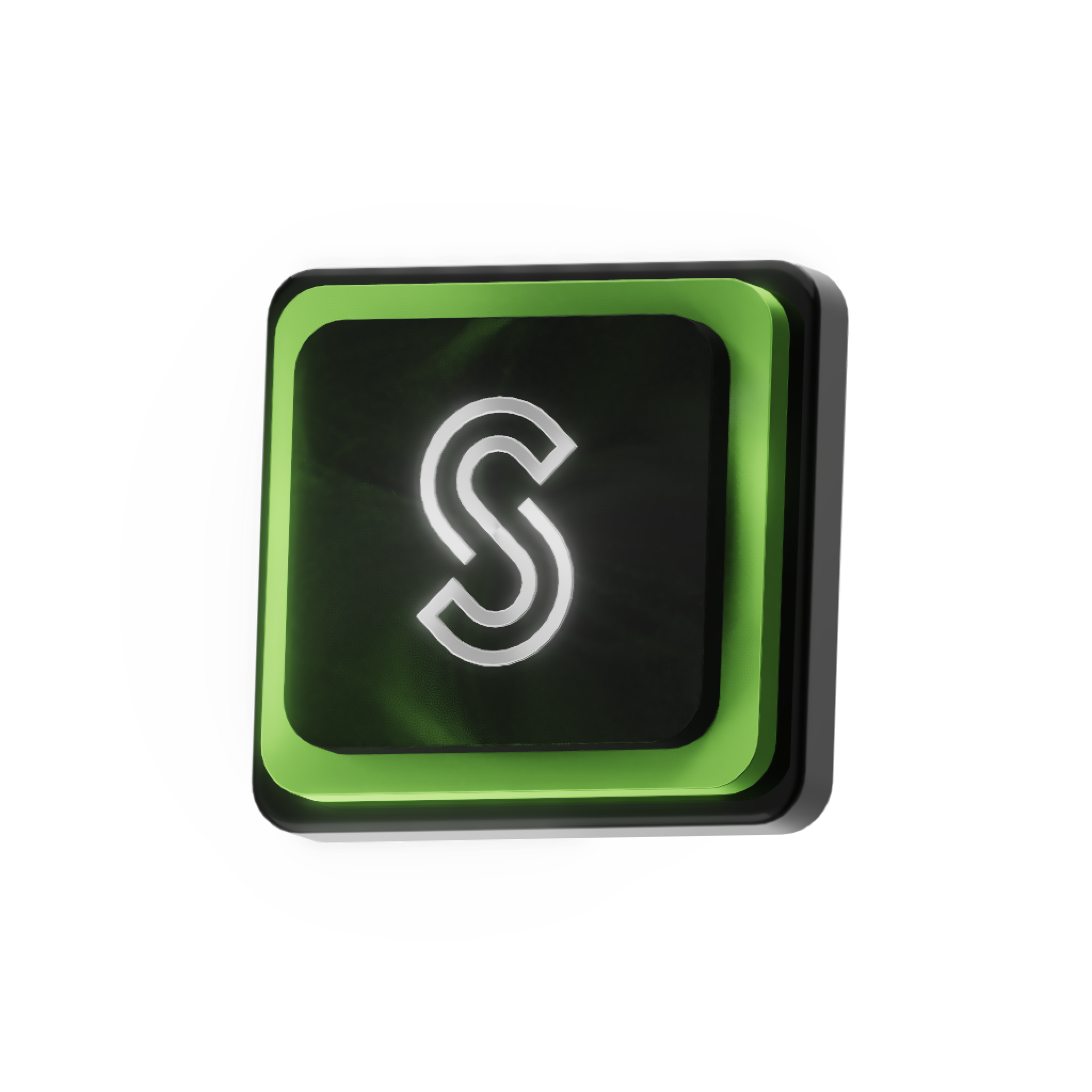
Get instant access to weekly newsletter.